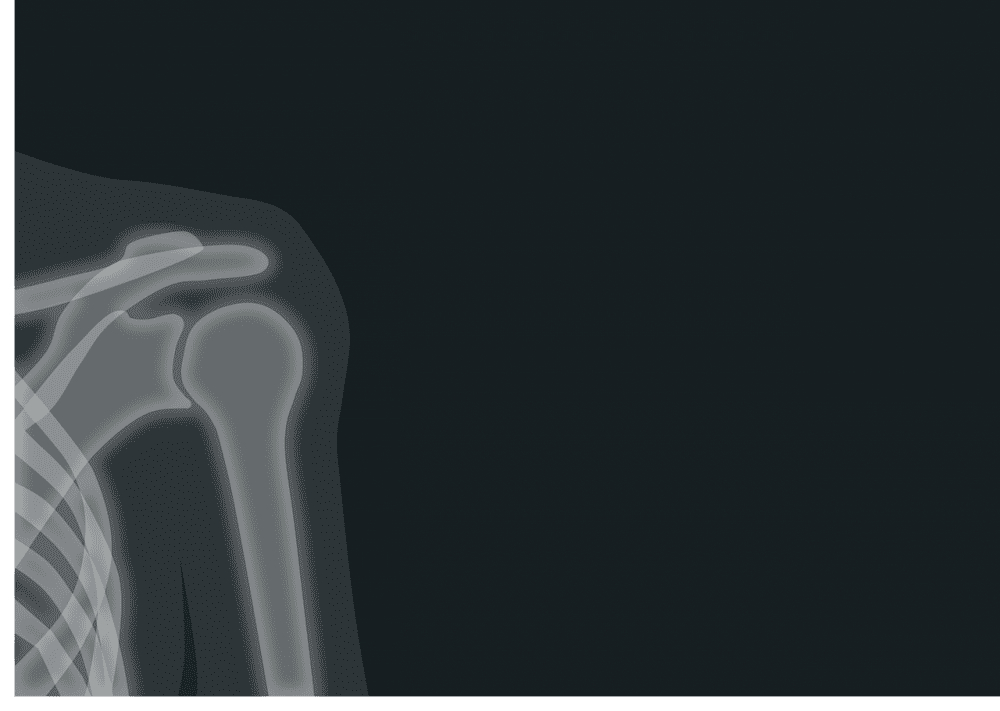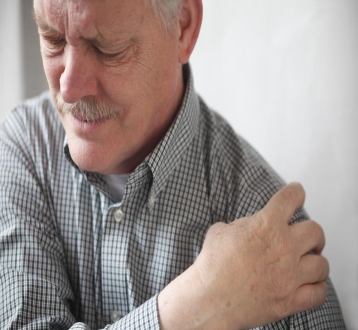
Imagine what you’d do if you didn't have full use of your shoulder. You’d struggle to play sports, go to the gym, reach up to change a lightbulb, dry yourself with a towel, and access the pantry shelves. The shoulder is certainly one amazing piece of biological mechanics, but it can also be damaged to the point of chronic instability.
If you have chronic shoulder instability that is causing you pain and distress, booking an appointment with Dr. Otis Drew is the very first step on your road to recovery.
How does the shoulder work?
The shoulder joint allows us to do a great many things. It is, in fact, the most mobile and movable joint in the human body. You can move it in all directions, but this full range of movement does come with a cost: it is vulnerable to damage.
The bone of the upper arm ends in a piece of anatomy called the Glenoid. The Glenoid is the ball of the shoulder joint and it fits neatly into a socket in the shoulder blade. The Glenoid is held in place and stabilized by strong connective tissues. The ball joint allows for extreme mobility and a wide range of normal motion and the connective tissues provides it with stability and keeps it centered inside the shoulder blade socket.
When the shoulder becomes unstable
Even though the shoulder joint is pretty amazing, it can be damaged. The tendons and ligaments that hold the Glenoid bone in place and keep it stable can become stretched and damaged. This creates looseness within the entire joint and may cause the Glenoid bone to pop out of place.
So, how can this damage be caused? Often, the connective tissues keeping the shoulder stable are damaged and stretched through injury. Athletes and sports people are prone to these kinds of injuries, and in Football, a seriously hard tackle can leave the shoulder joint completely dislocated.
Similarly, in sports like Tennis and Volleyball, where the shoulder is placed under prolonged stress due to repeated overhead motions, the connective tissues can tear and become overstretched. Repetitive strains and injuries like this can cause the shoulder to become unstable.
Not all shoulder problems are due to injuries and sports. Some people actually have naturally loose joints and experience shoulder pain as they get older and the connective tissues become weaker through repeated strain. In fact, approximately 5% of the population has what’s called Joint Hypermobility Syndrome. This is where the joints have a much greater range of natural movement than in other people. People in this situation may have chronic shoulder instability without ever having had a single dislocation or serious injury!
Signs that you might have an unstable shoulder
It is quite normal to feel sore after playing sports or even working out in the gym, but people with shoulder instability usually experience the following symptoms repeatedly over time:
- Pain in the shoulder
- Dislocated shoulder joint that happens often
- Weakness in the shoulder
- A feeling that the shoulder is loose or slipping
Should you have shoulder surgery?
If you are experiencing the above symptoms on a regular basis, the first step is to make an appointment with Dr. Otis Drew. His experience and knowledge will guide his diagnosis and a recommended path of treatment.
In many cases, conservative treatment options are ideal. This typically involves testing the aggravated shoulder joint and it may even be necessary to place it into a sling so that stress is not placed upon it. Dr. Drew will then assess the range of motion possible and may prescribe special shoulder strengthening exercises. These exercises are aimed at increasing the tension and strength around the Glenoid bone and improving its stability.
If conservative measures are simply not working and the shoulder joint is still unstable, Dr. Drew may recommend surgery. For people who depend on having a full range of shoulder movement, and those who are suffering significant pain and discomfort even after modifying their physical activities, surgery is provided as an option.
What does the surgery involve?
Dr. Drew takes into account a number of factors when deciding on the type and extent of surgery, including how chronic the instability is, how much damage there is to the area, how long the joint has been unstable and the physical level of the patient.
In cases where there is minimal damage, arthroscopic surgery is recommended. During this procedure, Dr. Drew will open a very small incision in the shoulder and repair the damage. The advantage is this type of surgery is minimally invasive and recovery time is decreased.
In cases of shoulder instability where there have been many dislocations and there is a lot of damage, open surgery is a good option. This full reconstruction of the shoulder joint typically provides excellent results, but the recovery time is longer.
If you think that you might have an unstable shoulder and you are experiencing dislocations and pain, call Dr. Otis Drew today to organize an appointment.










